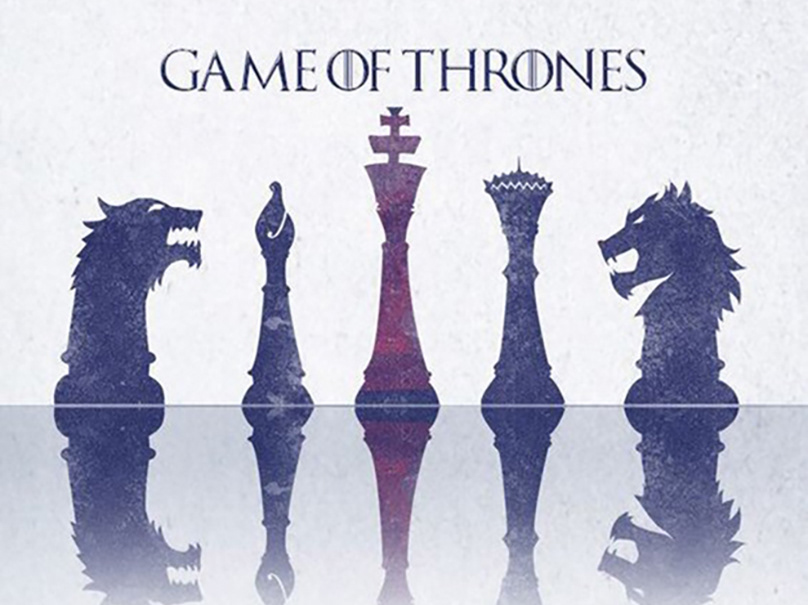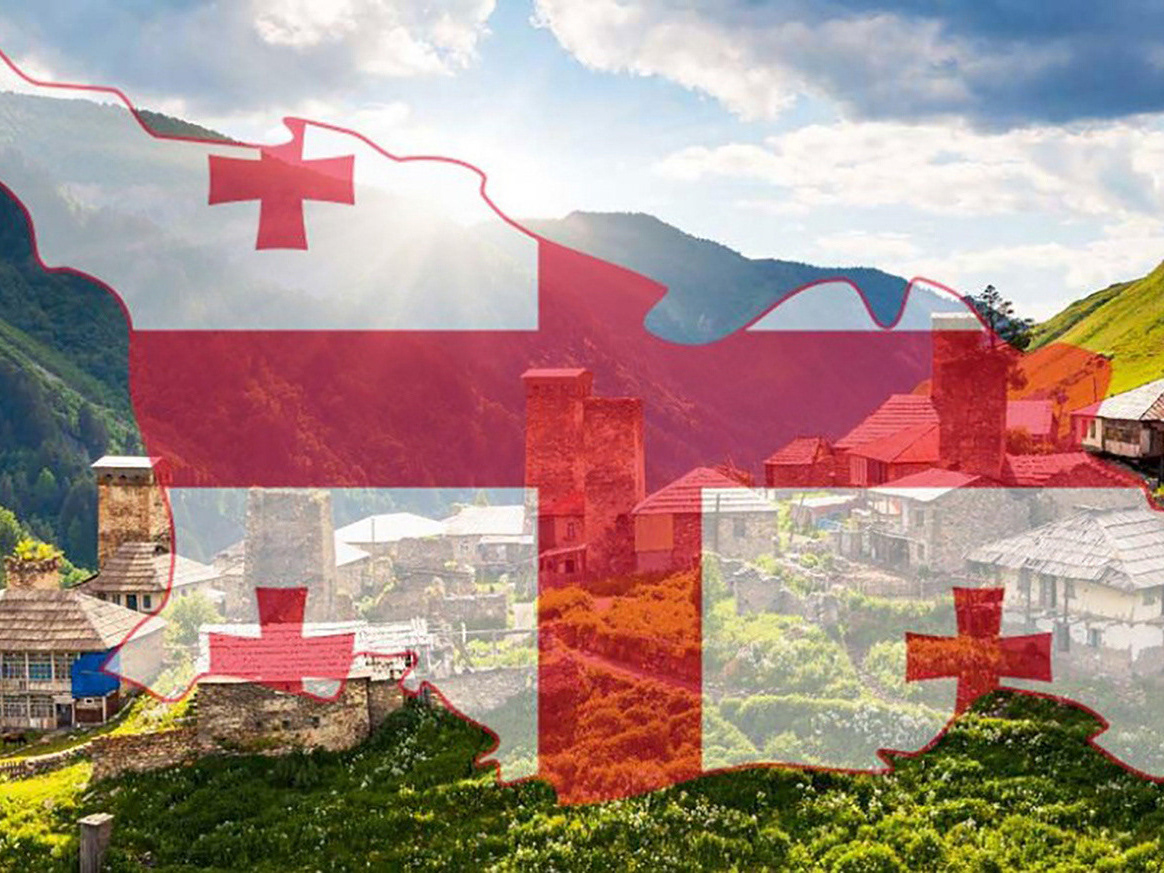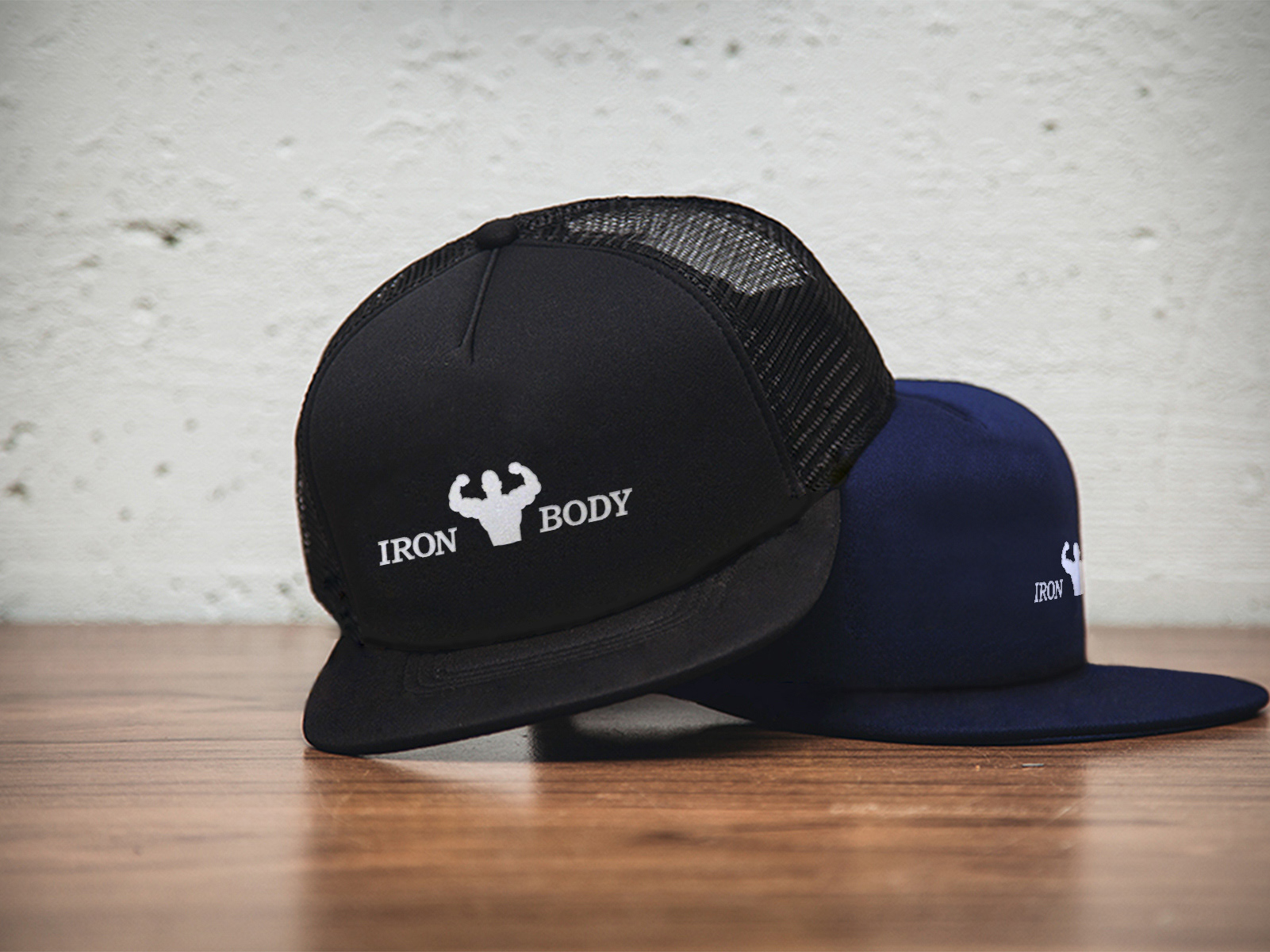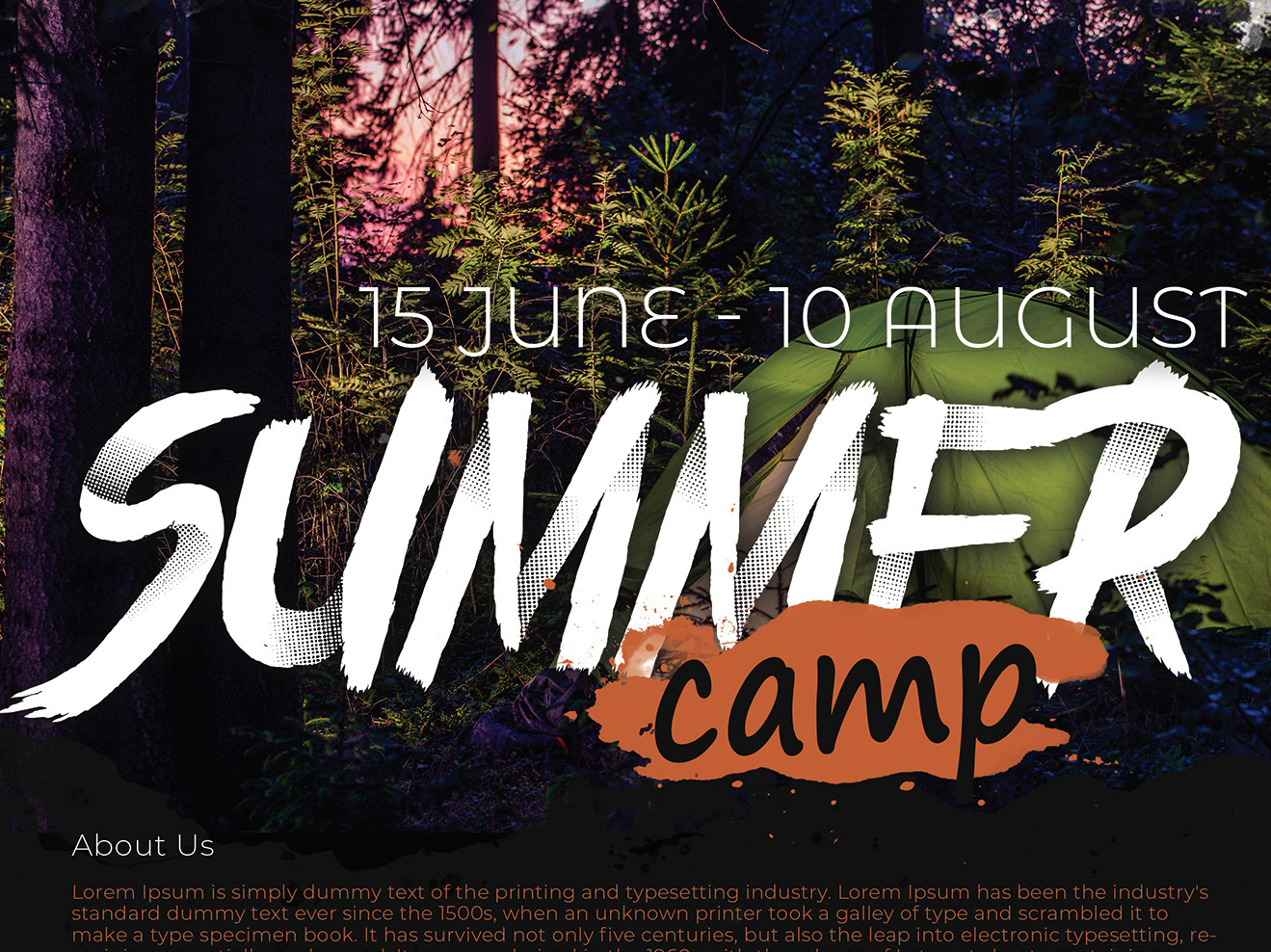Песни дорог расцветают в душе,
Как васильки расцветают во ржи.
Глянув на мир между конских ушей,
Что ты увидел, мой друг, расскажи!
В стуке копыт занимался рассвет -
В стуке копыт догорает закат.
Тенью скользя по высокой траве,
Гонит на запад их ветер шальной,
Гонит вослед уходящему дню,
И проплывают волна за волной
Сочные травы по брюхо коню.
В скрипе седла начинался январь,
В скрипе седла завершается май.
Кружится в танце, похожем на вальс,
Мир, отчего-то похожий на рай.
Странной монетой наполнен кошель -
Песни дорог да шальная мечта.
Глянув на мир между конских ушей,
Больше не хочешь глядеть просто так.
Дом променяв на лоскут синевы,
Ты не вернёшься к столу и огню.
Всё разнотравье своих кладовых
Степь выстилает под ноги коню...
Как васильки расцветают во ржи.
Глянув на мир между конских ушей,
Что ты увидел, мой друг, расскажи!
В стуке копыт занимался рассвет -
В стуке копыт догорает закат.
Тенью скользя по высокой траве,
Гонит на запад их ветер шальной,
Гонит вослед уходящему дню,
И проплывают волна за волной
Сочные травы по брюхо коню.
В скрипе седла начинался январь,
В скрипе седла завершается май.
Кружится в танце, похожем на вальс,
Мир, отчего-то похожий на рай.
Странной монетой наполнен кошель -
Песни дорог да шальная мечта.
Глянув на мир между конских ушей,
Больше не хочешь глядеть просто так.
Дом променяв на лоскут синевы,
Ты не вернёшься к столу и огню.
Всё разнотравье своих кладовых
Степь выстилает под ноги коню...
The miniature paintings that adorned the ancient Russian chronicles and wall murals in numerous churches built after the adoption of Christianity in Russia have reached us.
Among these drawings came across images of working and riding horses. Horses in the territory occupied by the ancient Slavic tribes were also met in the wild. They were short, forest type, and the Russian princes often amused themselves to hunt for them.
Vladimir Monomakh (1053-1125) was particularly proud of his luck in hunting wild horses, then the unitary prince of Chernigov: "But what did you do in Chernigov, - the prince wrote, recalling his youth, - I knit wild horses with my own hands - ten and twenty alive horses, and besides he rode across the plain, caught with his own hands the same wild horses ...”
In the era preceding the formation of a single ancient Russian state, horse meat was used as food. Being pagans, the Slavs themselves eaten horse meat with pleasure and treated it to their many gods. And it is not surprising that one of the most militant Russian princes, the son of Igor and Olga, Svyatoslav (945-972), going on a campaign, did not carry with himself a burdensome convoy. About this, with reverence and fear, the Byzantine scouts reported to their basils.
An incomprehensible stern pagan prince set his fire together with his warriors ... "horsemen will be slaughtered," one of the documents of that time reports, "they will bake it in charcoal with chunks. After eating, they will sleep on horsebacks, the saddle is under their heads. , they do not carry boilers for cooking, which cannot be taken away in the saddle — they needlessly. Those who love bliss, don't ask, do not take Svyatoslav. ”
The enemies of Svyatoslav were afraid of his famous cry: “I am coming for you!” After the death of Prince Knight Svyatoslav, when his son Vladimir came, Russia adopted Christianity. Since then, they have no longer used food.
As an animal used on arable land, the horse of the ancient Slavs is known from the 6th century. AD, and it was precisely the working horses, which carried the luggage and plowed the land to the peasants. These horses belonged to the princes and served as a good bet during numerous wars that fought among themselves princes. Such a fact is known from the biography of Monomakh, when he, trying to rally among themselves other princes against the eternal enemy of Russia - the Polovtsy, proposed to increase the number of soldiers at the expense of the peasants planted on working horses. But his proposal was rejected, because the other princes, who disliked the energetic and intelligent Monomakh, dissuaded that it was not worthwhile in the spring to tear the peasants from the field. Nevertheless, it can be assumed that the saying about the Slavic horses, suitable "in the cart and under the commander", appeared precisely in those times.
Old Russian chronicles recorded the number of horses from different princes. For example, in the Ipatiev Chronicle under the year 1146 there is an entry about a herd belonging to the family of Svyatoslav, there were “3000 mare of herd and 1000 horses.” And I think it was not the whole horse reserve of the princes of this family.
From the most ancient set of laws of the Eastern Slavs “Russkaya Pravda”, historians also learned that the princely estates contained riding horses, which the princes and their warriors rode, and the horses, on which the peasants plowed. the people caring for the horses were also important - grooms or stablemen. But it was great for them! When Dmitry Donskoy (1350 - 1389) such a routine was introduced "... when the stable horse does not follow the horse, the horse does not groom the horse in order to continue to fever, hen horse is not nourished - not move his carts, entangled in the wheel tracks, and not flog a horse and groom, so that the horse nurtured. "
In addition to working on horses like pigs, they were used for riding. Byzantine sources repeatedly mention the Slavic horsemen-warriors who repeatedly stood up to the "invincible" cathedral fractures of Byzantium. , in the manufacture of harness, as well as in the art of horse riding in a young state, if it was constantly and cruelly subjected to exhausting raids by nomads - the Khazars, Pechenegs, Polovtsy, They were born, lived and died on horseback. Slavic horsemen also adopted a lot from nomads. All Russian princes were mounted on horses even at the age of three years, from that moment their training in horsework and horse riding began. excellent riders. And again we will call Vladimir Monomakh, who left his Instructions to his sons, an invaluable gift to us from the past. Monomakh recalls that he had to make super-fast equestrian crossings from Chernigov to Kiev with underwater (alternate) horses “from sailing to vespers” more than 100 times “in one day. He tells his sons how difficult the art of riding was: he often fell off his horse, smashed his head twice, and crippled his arms and legs in his youth, not valuing his life, not sparing his head ”. Therefore, the princes, and their warriors, gave a lot of time to exercises in horse riding, competed in the ability to easily jump into the saddle, through a horse, etc. "The prince's warriors also galloped through horse manes, they slept a horse, and the smaller bows bent." And not only they bent, but also fired from them all at full speed in moving and stationary targets stuck out a shield tied to a stick).
From the 11th century, among the feudal nobility, smooth horse racing became very popular. Archaeologists suggest that in Kiev on Starokievskaya Hill (where the princes' palaces stood), there was a horse yard with a sandy circle, that is, something like a small hippodrome on which, apparently, horses were tested.
An archaeological analysis of the harness of horses, on which Slavic horsemen rode, leads to curious conclusions. After all, for a good archaeologist horse harness, found during excavations, serves not only as an accurate time reference, but he (like Pushkin’s Don Juan, who only needed to see a narrow heel, and in a moment he will finish the rest) just look at the shape of the saddle, stirrups and spurs - and he can paint a picture of the life of the time to which they belonged.
Often during excavations there are bits, which appeared in Russia as a result of the contacts of the Russian state with Western European countries. Such bits were designed to drive swift horses. And soon there are bits, if I may say so, pan-Slavic, so-called “ringed” - and this suggests that the Eastern Slavs had already reared horses, more or less the same in height and exterior, for which only a few species were produced. horses of local production and training appeared.Indeed, the process of specialization of horse types from now on is quite intensive: for a heavily armed rider, who weighed up to 120 kg with weapons and protective armor, a more powerful horse was needed (all we remember the ice battle and the victory of the Russian prince Alexander Nevsky over the Teutonic heavily armed knights), and to fight the nomads, lightweight, fast and hard horses were needed, so it was possible to say that the Russian cavalry created the prerequisites for the formation of cavalry as the main type of army. By this time, the influence of Eastern driving style on Slavic riders is waning, as evidenced by the evolution of stirrups, which, in turn, is associated with a change in saddling and landing of riders. An archaeologist, a horse harness expert, will explain that the supporting role of the stirrup increases at this time. If during the initial period of the creation of the Old Kiev cavalry, the horseman was sitting in a low saddle and used rounded stirrups, then over time the saddle became higher, and the stirrups, due to frequent clashes with troops wielding spears, took a greater load. Their steps in order to provide greater support stability expands and straightens. In addition, stirrups are patterned.
Until the XI century, the Kiev horsemen did not use spurs, relying when riding, like their steppe neighbors, on the whip and schenkel. But when the cavalry became a mass type of troops and the Russian state had to fight with Western European knights, a massive introduction of spurs took place, or, as they were then called, “jail.” The first chronicle mention of horses spurring is indicated in “The Tale of Bygone Years” under 1068 by the words “ and striking a horse. "This expression is quite consistent with the use of spurs. Spurs were an effective means of forcing a horse at crucial moments of battles - when approaching the enemy, with various maneuvers. The use of spurs suggests that Russia, considered the Asian outskirts of Europe, was one of the most developed knightly countries of its time, but Russian horsemen did not blindly copy the achievements of European knights. It was the Russians who owned the invention of the spurs with the anti-traumatic horse limiter - the star-shaped wheel. not only a major technical discovery, but also to some extent testifying to the moral background of this innovation.
From the steppe inhabitants to the Slavic horsemen, the manner of using the lash has passed. The presence of lashes in archaeological excavations suggests that Slavic horse soldiers were still under the influence of the steppe inhabitants. The scourge demanded a "ride in the east", that is, supports with bent legs on semicircular stirrups, a light saddle with almost no back bows, and no spurs. The so-called "sounding" whip, which was used not so much to strike the horse, was especially popular. how much for the psychological impact on her, with one stroke, at which a characteristic sound arose. And although over time the cavalry gradually disappeared in the cavalry, in the out-of-war horseback riding the horsemen used it for a long time.
In the twelfth and thirteenth centuries in horses, horse shoeing became commonplace, although not in all types of troops. Horseshoes, of course, burdened light cavalry horses, but were useful in heavy. The forerunners of horseshoes in Russia were ice spikes, they were also used by riders who had to dismount on the ice and ensure the safety of horses. Moreover, such thorns existed in Russia until very recently.
Dervnerussky warrior-rider with all his appearance, equipment and landing resembled step-neighbor, from which he constantly had to fight back. But the "Oriental Riding" is gradually inferior to the all-European landing. Equestrian spearmen and archers receive a varied and improved equipment. The first were given massive spurs, stirrups with a straight wide step, a knight-style saddle-chair - everything that provided stability and pressure during ram collisions. The latter used light saddles, rounded stirrups, lightweight spurs.
Being between the West and the East, the Russians in the art of warfare did not cease to be European, but often fought like Asians. This explains the presence in the Russian army of both the knight’s direct sword, and the curve of the Asian saber, chain mail, and the masses of various riding techniques borrowed from the nomads and from the Western European knights. As a result, experience gained in constant battles, passed through purely Russian living conditions, gave rise to its own style of riding.
Thank you for attention
Have a nice day, everyone!









